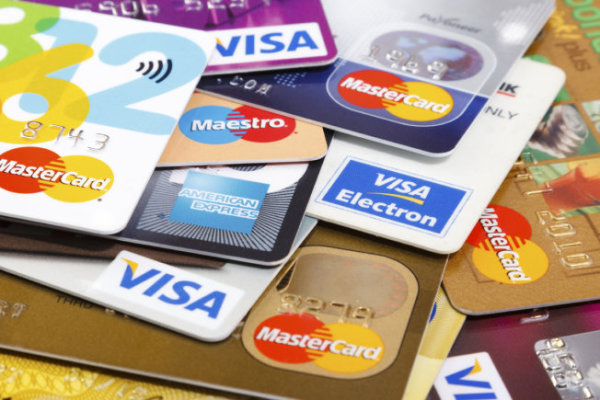Individual Finance: How Would I Be Able To Pay Off Charge Cards Quicker?


It’s hard to give particular suggestions without knowing all the more about your specific circumstance, for example, your wage, general obligation, FICO assessment, and so forth, says Jason Alderman, a VP at Visa Inc. in charge of the organization’s Practical Money Skills for Life and What’s My Score? programs.
At any rate, you right to be concerned. As indicated by a Bankrate.com mini-computer, in case you’re paying $400 a month at 18% premium, it will take six years and four months to pay off, and that accept you don’t collect any new obligation. Additionally, you’ll pay about $12,200 in enthusiasm on a $18,000 bill, says Alderman.
So one snappy fix is this: “If there’s a distinction in the investment rate charged by each one card — say 18% on one, 25% on the other, a simple approach to bring down the measure of premium you’ll pay over the long haul, and abbreviate the result time, is to make just the base installment on the lower-premium card, and pay the rest around the higher one,” says Alderman.

Contingent upon your current investment rate(s), Aldeman additionally says you may have the capacity to meet all requirements for a card with a lower rate that permits equalization exchanges. “Simply be mindful that after a specific number of months, the basic rate – some of the time 0% – will bounce much higher and that extra charges may apply,” he says. Contingent upon your FICO assessment, nonetheless, you may not fit the bill for the best rates. Additionally, make sure to peruse the fine print about offset exchanges before marking anything.
Magistrate likewise prescribes searching for approaches to free up money to pay down your obligation. “Accepting that you as of now have a really tight plan, you’re going to need to discover extra approaches to shave a couple of dollars off your costs here and there — it can truly include,” he says.
For instance: Cut back your high quality TV bundle for a couple of months and check whether you can live with less channels; adjust your checkbook deliberately to stay away from overdraft charges ($35 a pop); approach your utility for tips on decreasing vitality costs (a lot of people even give free in-home reviews); decrease restaurant dinners and amusement for several months and perceive how it goes; scratch off unused memberships, exercise center enrollments and so forth.
Consider this as well. “On the off chance that you usually get a sizable government form every year, you’re fundamentally giving the administration an investment free advance,” says Alderman. “Rather, approach your manager for another W-4 Form and recalculate your withholding remittance utilizing the IRS’s Withholding Calculator. Your objective ought to be to get next to zero discount. At that point, apply that additional cash every month to your cards.
Concerning your inquiry regarding bringing down your FICO rating, Alderman says lessening obligation will really help your score. Exceptional obligation represents around 30% of your FICO rating, so anything you can do to bring down your obligation to-pay degree will help enhance your score. Look at Myfico.com, which has an article, “How to repair my credit and enhance my FICO rating,” that offers numerous incredible tips.
One note of alert. When you’ve ponied up all required funds, Alderman says, shutting that record may put a pleat in your score. “Yet don’t let that dissuade you from getting your card adjust down to zero,” he says.
Councilman likewise proposes that you check your credit reports to verify there are no mix-ups or deceitful exercises that could be hurting your FICO assessment. You can request one free report for every year from each of the three significant credit departments.
What’s more finally, Alderman proposes reaching the National Foundation for Credit Counseling (www.nfcc.org), for a referral to a free or minimal effort credit advocate in your general vicinity who can help devise a cash administration technique customized to your needs.
